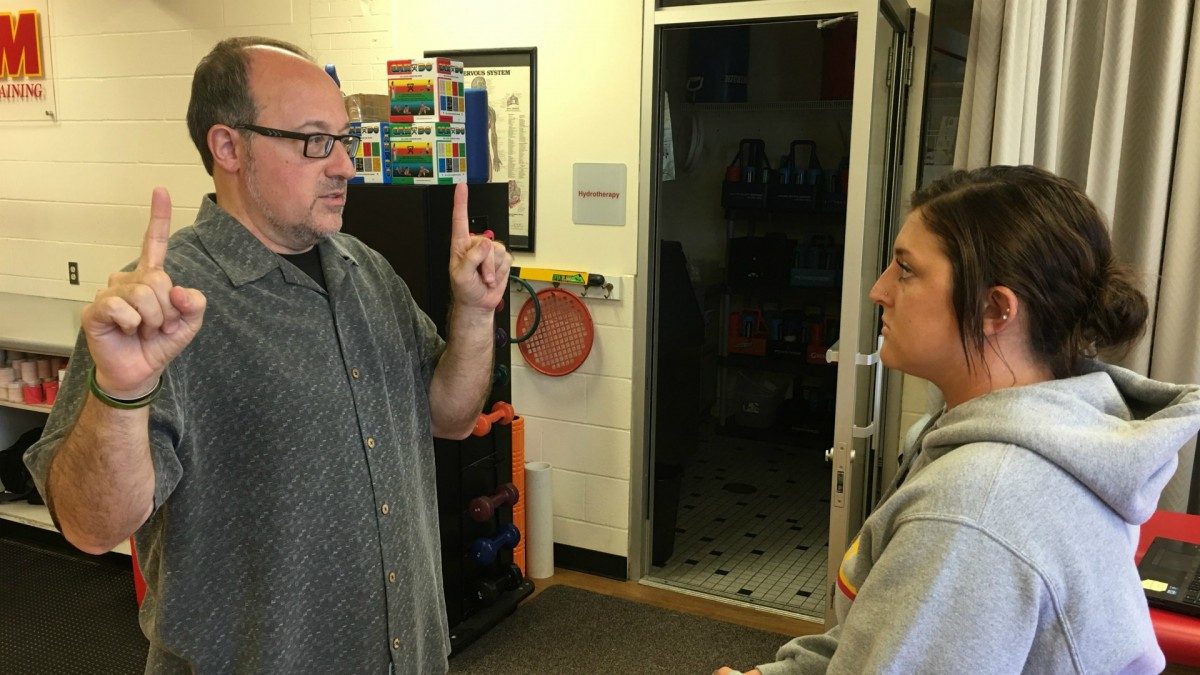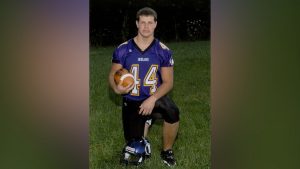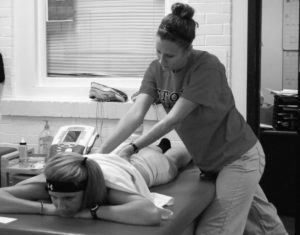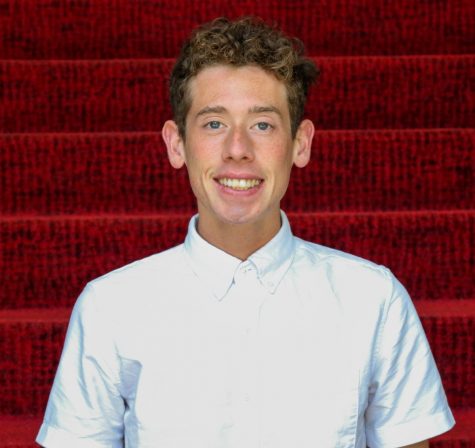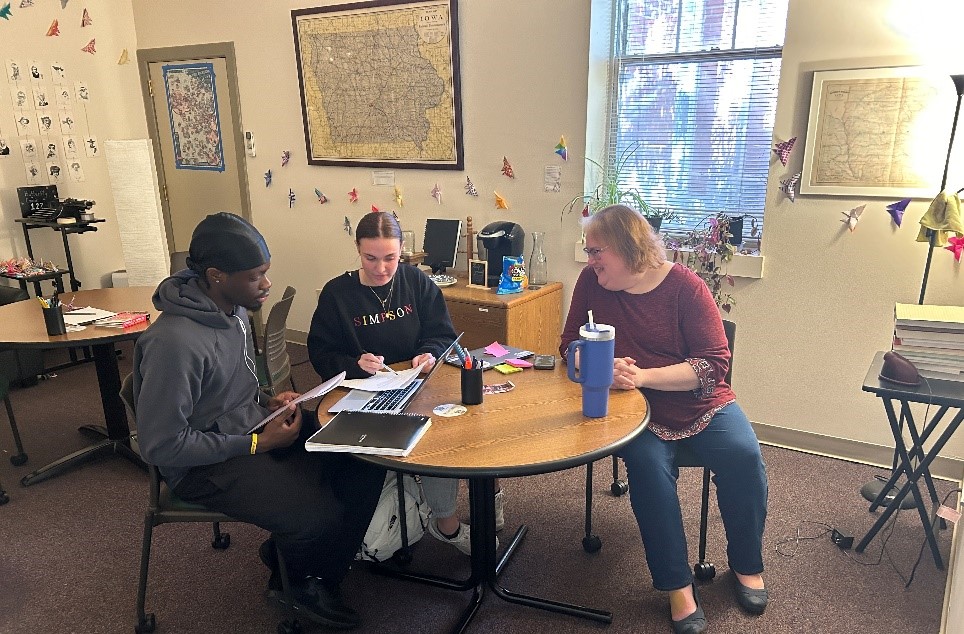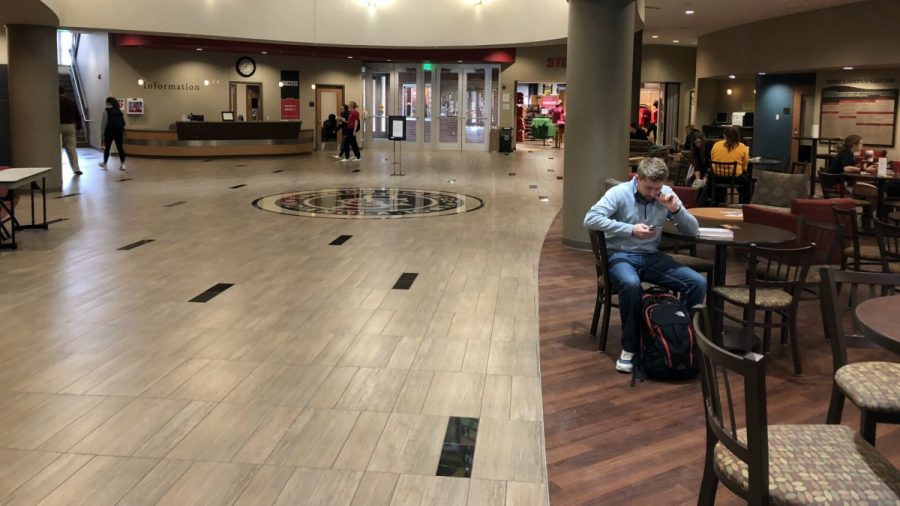Use your head: Follow proper post-concussion procedure
September 22, 2017
INDIANOLA, Iowa — A crash. Bright lights. Everything is spinning. No, this isn’t heaven or a music festival. This is a concussion.
After the initial hysteria and, hopefully, a visit with a medical professional, the healing process begins and normal life resumes: hanging out with friends, playing sports and getting homework done. Right?
Although anyone can get a concussion, Mike Hadden, professor of sports science and health education, was hard-pressed to think of a student who has come to him who wasn’t an athlete or physically active.
Hadden said getting a concussion is a “temporary impairment on a student’s learning” and compared it to the accommodations and rest that go along with a torn ACL. Though he explained that everyone has individual rates of healing.
The severity of symptoms stems from epigenetics, which is the way genes express themselves. Hadden said the way a student’s brain and body react to a concussion is “as different as how we look.” Some people may get a concussion and be out for a day, two days, a season, a year or more.
In a presentation, athletic trainers Cal Busby and Megan Pilcher explained standard procedure when a student gets a concussion at Simpson. Busby and Pilcher defined a concussion as a change in brain function from a blow or jolt of the head or body, and it does not always mean a loss of consciousness.
Concussion symptoms include headaches, nausea, dizziness, fatigue, irritability, mood shifts, difficulty focusing and sensitivity to light. Not everyone experiences all of these symptoms.
If a student has a concussion, first, they should seek attention from the athletic training office or the nurse’s office where they can be properly diagnosed.
Concussions affect the mind in ways unique to everyone and as a college student, operating your brain at full capacity is key.
Students with a concussion should limit their screen time as much as possible. Students should also stay away from spicy foods due to nausea. Also do not consume alcohol if you’ve suffered a concussion. It might be a reflex for most students, but do not take ibuprofen for pain relief.
Students should employ the 20/20/20 rule. Every 20 minutes stare at something 20 feet away for 20 seconds.
The Center for Academic Resources is notified right away when a student has a concussion.
The staff emails professors and arranges accommodations for students with professors, such as extended deadlines, note takers, rescheduled tests and other extra help offered through the Center for Academic Resources. Students who have had a concussion are strongly encouraged to go to class.
Student athletes will receive follow up appointments weekly to daily depending on the severity of their symptoms, and athletes will eventually return to play.
If you have experienced something you think is a concussion or notice symptoms in teammates and friends, it never hurts to get checked out by a professional, get some rest and take your seat for class.



